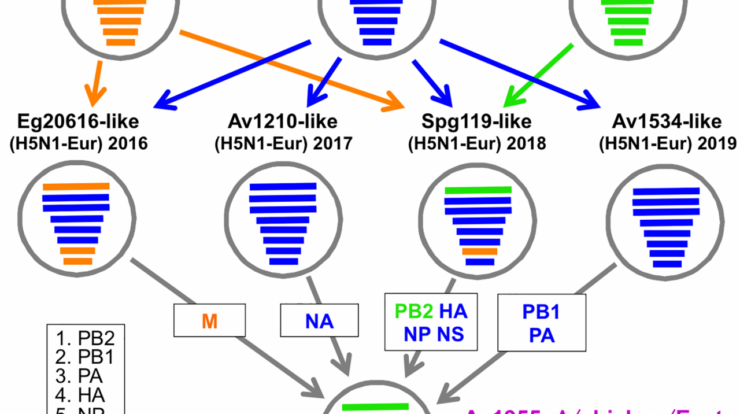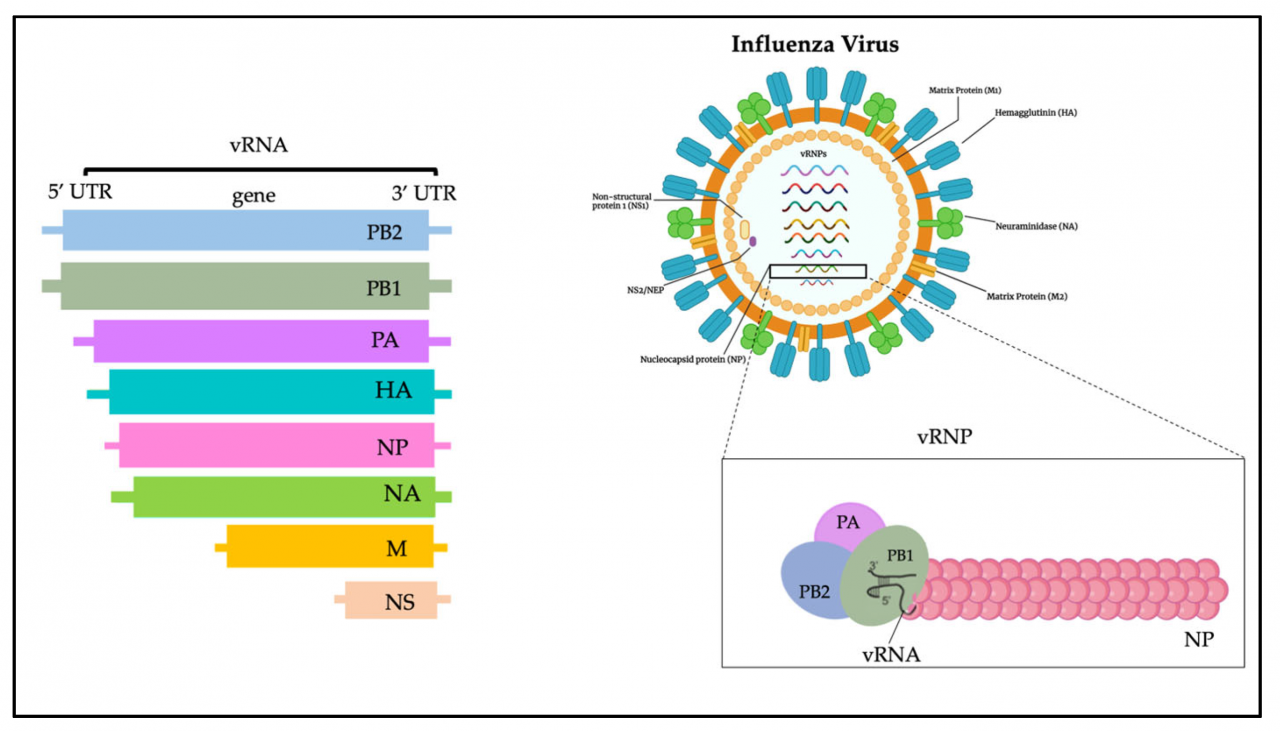
H5N1 airborne transmission has emerged as a pressing concern, prompting urgent attention from public health experts. This highly contagious virus poses significant risks, underscoring the need for comprehensive understanding and effective control measures.
The H5N1 virus, known for its ability to cause severe respiratory illness in humans, has been primarily associated with direct contact with infected birds or contaminated surfaces. However, recent evidence suggests that airborne transmission may also play a role in its spread, raising concerns about the potential for wider outbreaks.
Transmission of H5N1 Virus: H5n1 Airborne

The H5N1 virus primarily spreads through direct contact with infected birds or their bodily fluids. However, airborne transmission has also been documented, particularly in poultry farms and other enclosed environments where the virus can remain suspended in the air for extended periods.
Direct Contact
- Handling infected birds or their carcasses
- Contact with contaminated surfaces or objects
- Exposure to respiratory droplets from infected birds
Airborne Transmission, H5n1 airborne
- Inhalation of virus particles suspended in the air
- Occurs in enclosed environments with high concentrations of the virus
- More likely to occur during activities that generate aerosols, such as cleaning poultry houses or slaughtering infected birds
Indirect Contact
- Contact with contaminated clothing, equipment, or surfaces
- Ingestion of contaminated food or water
- Contact with infected animals, such as cats or pigs
Final Review

Understanding the dynamics of H5N1 airborne transmission is crucial for developing targeted interventions and preventing large-scale outbreaks. Continued surveillance, research, and public health education are essential to mitigate the impact of this virus and protect global health.







